What Hi-Fi? Verdict
The LZ2000 is a superb all-round performer of a TV, and a must-consider for those who can’t countenance the idea of a separate sound system
Pros
- +
Beautifully balanced, authentic picture
- +
Impressive Atmos virtualisation
- +
Dolby Vision and HDR10+ support
Cons
- -
Some unfortunate speaker buzz
- -
Only two HDMI 2.1 sockets
- -
Not as app-packed as rivals
Why you can trust What Hi-Fi?
Panasonic’s 2000-series has represented the pinnacle of the company’s TV range for a few years, with a focus on combining the best picture quality with an advanced sound system that features dedicated upward-firing drivers for serious Dolby Atmos audio. Surprisingly, though, it’s had something of a rollercoaster-like ride with What Hi-Fi?.
The 2019 model was a stunner that delivered on all counts, but 2020’s successor sounded significantly worse, despite Panasonic’s claims that it featured the same audio system. In 2021, Panasonic decided not to supply a 2000-series sample, possibly because changes to the sound system were apparently minimal.
Now, though, we have 2022’s TX-65LZ2000B before us. It’s got an overhauled speaker system to go with its new, brighter OLED panel and, to cut a long story short, it’s a return to form for Panasonic’s flagship TVs.
Price
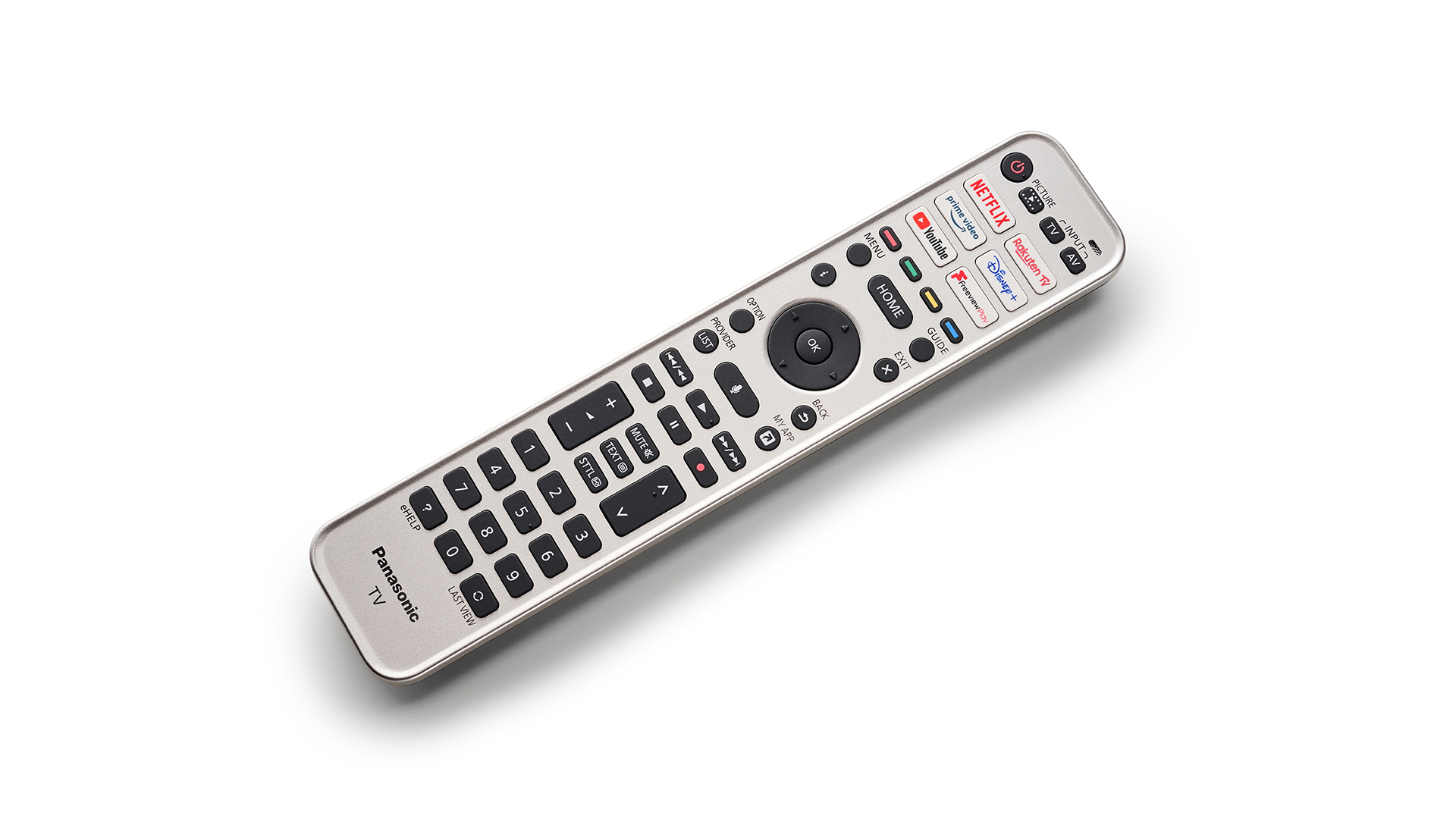
The Panasonic TX-65LZ2000B launched at a price of £2899 (around $3600 / AU$5225). Discounts have been rare but in January 2023 it's available for £2499 (around $3000 / AU$4450).
Its most obvious rivals are the 65-inch versions of the Sony A95K QD-OLED (£2899 / $3000 / AU$4995) and the Europe-only Philips OLED937 (£2899) which, like the LZ2000, feature advanced sound systems to go with their advanced imagery. Buyers will also likely want to consider LG’s top 4K OLED, the G2 (£2199 / $2000 / AU$4500), which features the company’s best and brightest picture technology but prioritises styling over sophisticated sound.
If you want Panasonic’s best picture quality without the chunky sound system (perhaps because you have or are planning to get a soundbar or speaker system), you’ll want to consider the TX-65LZ1500B, which is £2099 (around $2500 / AU$3750) and apparently features essentially the same picture performance as the LZ2000. That means you’re paying £700 (around $835 / AU$1250) for the LZ2000’s integrated sound system.
Design
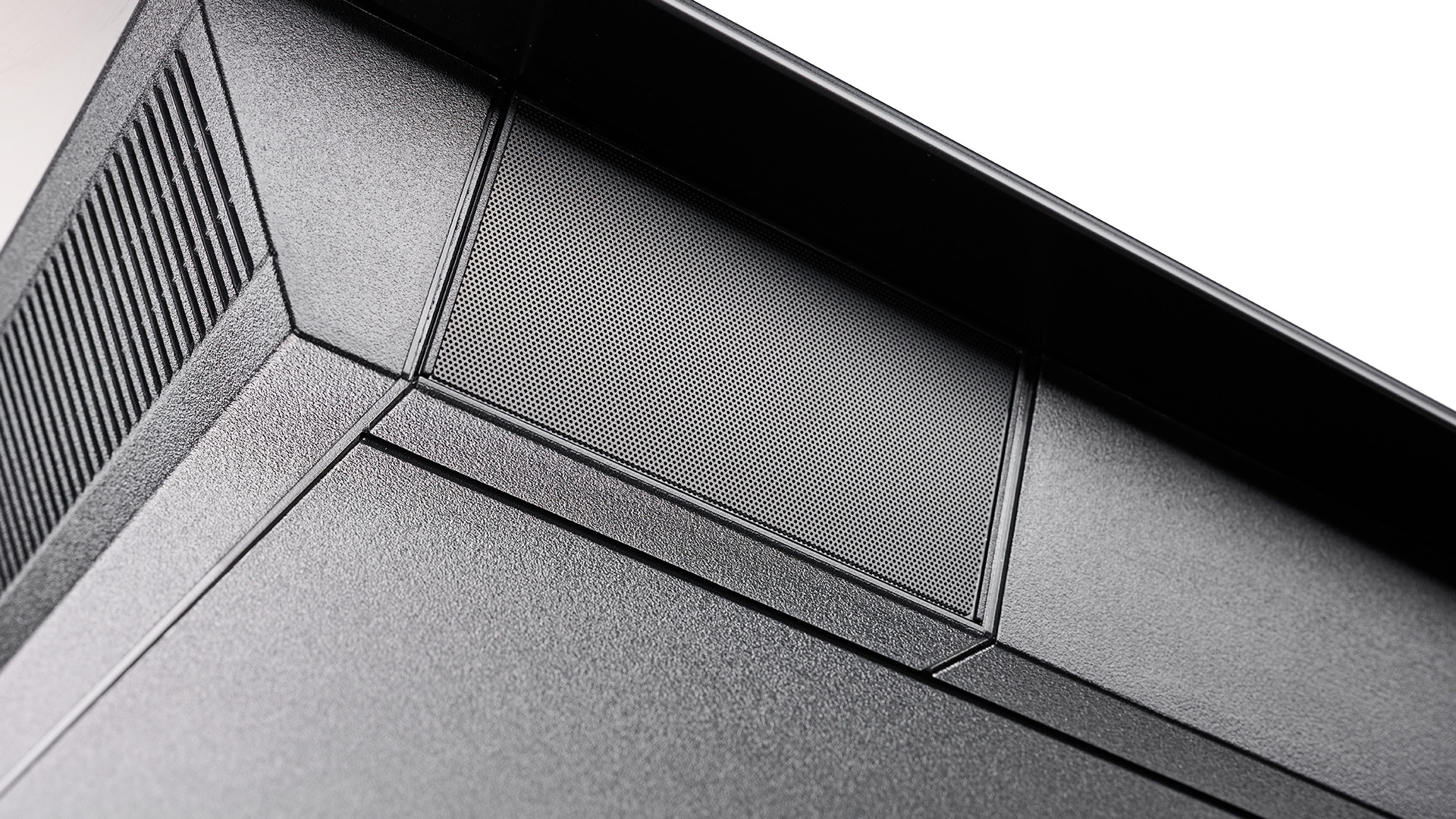
Function over form has long been Panasonic’s TV design mantra, and so it proves here. In terms of the screen sections, modern OLED TVs all look more or less the same, with thin, flush, pitch-black frames around pitch-black displays. Most then opt for invisible speaker systems and, in the case of the Sony A95K, a stand that can be completely hidden or, in the case of the LG G2, no stand at all. Not so the LZ2000, which has a utilitarian-looking pedestal stand with a narrow footprint and potentially useful swivel function, and a very visible speaker bar mounted beneath the screen.
The latest hi-fi, home cinema and tech news, reviews, buying advice and deals, direct to your inbox.
That’s only the start for the sound system, too, which also features dedicated side- and up-firing speakers encased into very chunky casework that’s mounted to the rear of the main panel section. Only the top-left and top-right sections of the rear are typically OLED-thin – most of the set is about 6.5cm thick.
Features
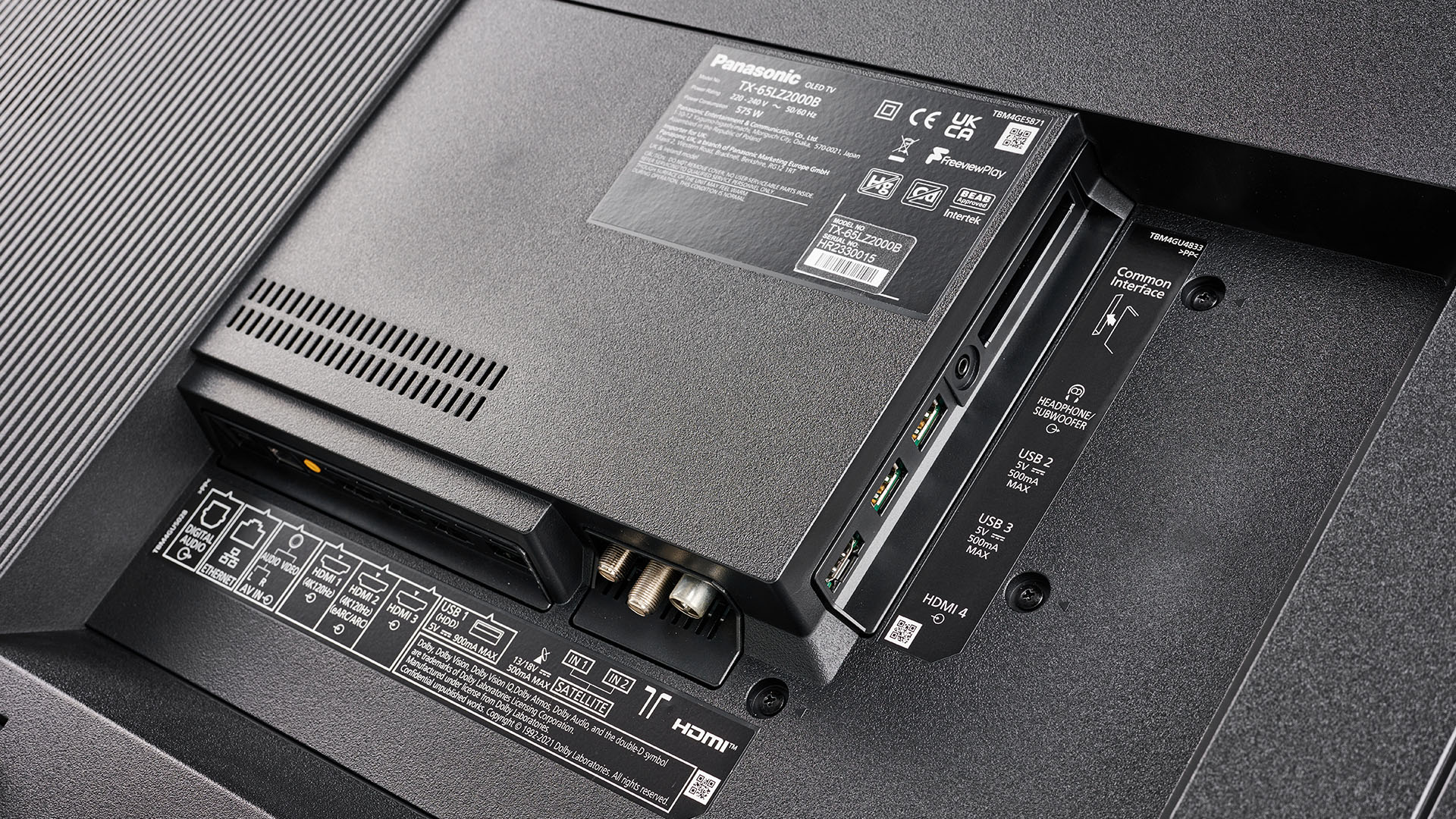
Nestled in an L-shaped cutout in the LZ2000’s rear casework are its physical connections, which include aerial and satellite inputs, three USBs, ethernet, a digital audio (optical) output, another audio output that can be used to connect a pair of headphones or a subwoofer (don’t strap the latter to your head), and even an old-school composite input (via adapter) for those who are still nursing an old source such as a VCR.
On top of these there are four HDMIs, two of which are 40Gbps HDMI 2.1 sockets that can handle 4K/120Hz and VRR gaming signals. ALLM is supported, too, as is Dolby Vision gaming, albeit up to a maximum 60Hz. As is the case with every other TV we’ve tested that has two HDMI 2.1 ports, one of those connections is also used for eARC, so if you need that in order to output sound from the TV to a soundbar or AV amplifier, you’ll have just one top-spec input left for a console or gaming PC. That said, those intending to use a dedicated sound system likely aren’t eyeing up the LZ2000, with its bulky and price-increasing sound system, as their next TV – the LZ1500 exists for those people.

Screen size 65 inches (also available in 55in, 77in)
Type OLED
Resolution 4K
HDR formats HLG, HDR10, HDR10+, Dolby Vision
Operating system My Home Screen 7.0
HDMI inputs x4
HDMI 2.1 40Gbps, x2
Gaming features 4K/120, VRR, ALLM
Input lag 10ms
ARC/eARC eARC
Optical output? Yes
Dimensions (hwd, without stand) 89 x 145 x 6.9cm
So what sort of picture tech are we talking about? The LZ2000 (and LZ1500) is what Panasonic refers to as a Master OLED Pro TV. This means it uses the latest LG OLED panel technology (almost certainly OLED EX, though Panasonic won’t confirm), a heat management system (almost certainly what most would refer to as a heatsink), and extra tuning with the help of Hollywood colourists. The end goal is a TV as bright as standard OLED technology will currently go, combined with a professional level of authenticity. That’s a potentially dizzying combination for a certain section of the TV-buying public.
The other goal of the LZ2000 is to make a soundbar unnecessary. To that end, it features a Technics-tuned, 160W sound system that has a speaker array consisting of a new, front-firing speaker array, two side-firing drivers, two up-firing speakers for extra height, a 20W woofer and two passive radiators. The so-called 360-degree Soundscape Pro solution is designed to make the most of Dolby Atmos soundtracks.
Slightly less sophisticated is the operating system, which is the latest version of Panasonic’s own My Home Screen platform. It’s rather (almost charmingly) basic next to the alternatives offered by the likes of LG and Google (which licenses its platform to manufacturers such as Sony and Philips), but it is also very simple to use and fairly snappy, too, loading apps quicker than the Sony A95K we use as reference.
The app selection isn’t as thorough as it could be, though. The biggest hitters (Netflix, Amazon Prime Video and Disney+) are all there and support 4K, Dolby Vision and Dolby Atmos as appropriate, but beyond that things are a bit patchy. There’s an Apple TV+ app, which is good, but it’s not the same as the Apple TV app that you find elsewhere – it provides access to Apple’s subscription service, but not its pay-as-you-go streaming store which is, as far as we’re concerned, a far bigger draw. BT Sport and Now are also missing, as are most music streaming apps (Deezer is the only one of note that is present), but all of the UK’s main catch-up apps are on board as both individual apps and as part of the Freeview Play service.
Picture
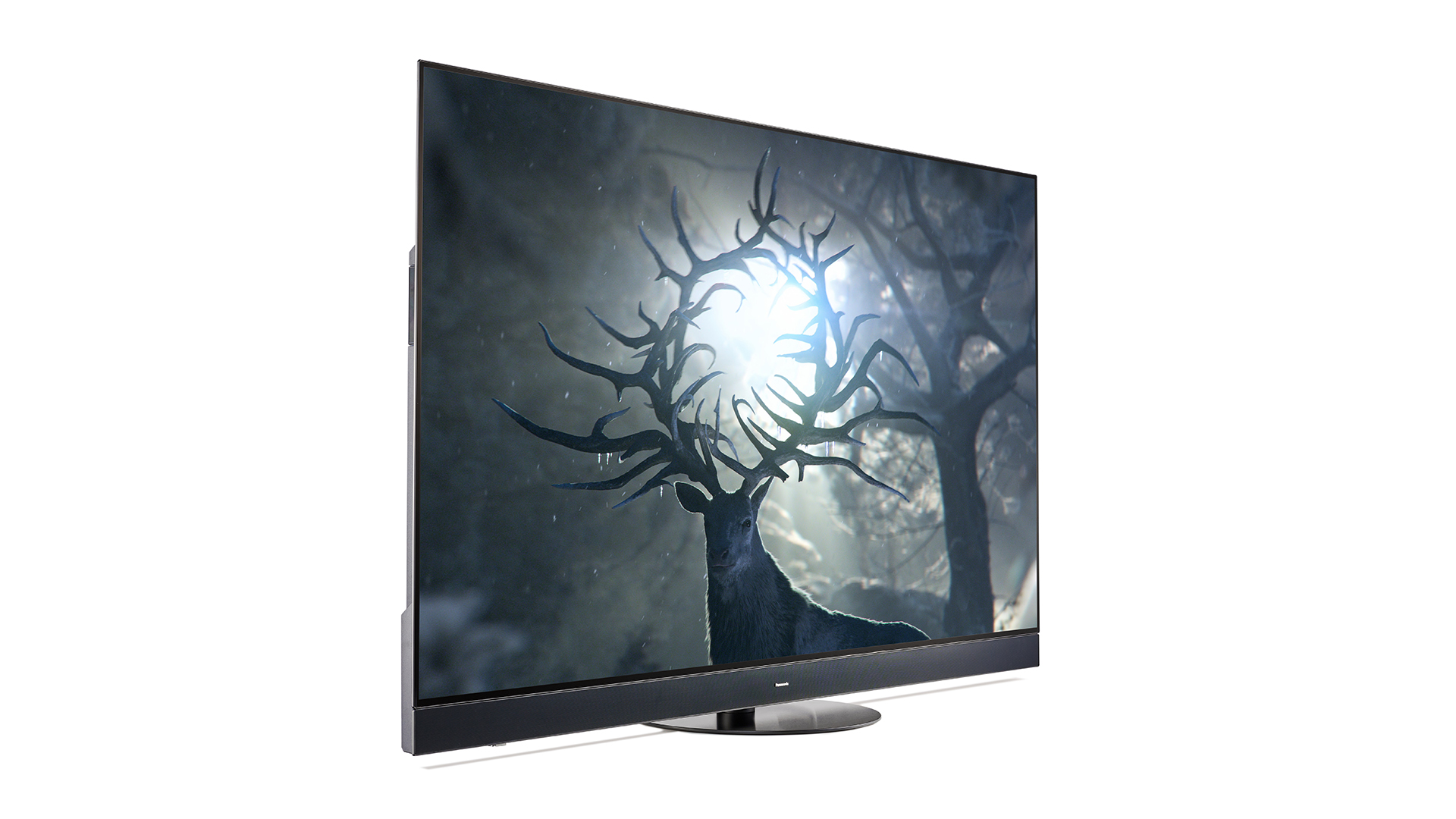
If it’s balance and authenticity you most value in a TV, you’re going to love the Panasonic LZ2000. Everything we watch, from test favourites Blade Runner 2049 and No Time to Die, to TV shows The Book of Boba Fett and Slow Horses, plus the brilliantly silly Foo Fighters horror film Studio 666, has an effortless correctness to it. Skin tones are particularly natural and convincing, whether that’s Daniel Craig’s bronzed body in the latest Bond, Gary Oldman’s pallid complexion in Slow Horses, and even the pale green and vibrant orange of Grogu and Ahsoka respectively in The Book of Boba Fett.
As well as being subtle and controlled, the LZ2000 is also plenty bright and punchy. It’s not quite as bright as Sony’s A95K QD-OLED, but it’s close, and while the A95K actively seeks to enhance each scene in a way that’s often beneficial but just occasionally less than ideal, the Panasonic offers a consistency that’s less dramatic but in some ways more appealing. It also offers more shadow detail without sacrificing black depth or giving the impression that it’s bringing to the fore elements intended not to be seen.
Panasonic’s balanced approach pays dividends across the board. Some sets are a touch sharper, occasionally giving the impression of extra detail, but the LZ2000’s unforced presentation can’t be beaten for naturalism. There’s oodles of fine detail present, too, only without there being any feeling of enhancement. And despite the slightly less sharp approach, there’s still excellent depth to the image, with the dam around LA in Blade Runner 2049 appearing to go on almost forever.
Motion handling is outstanding, particularly with Intelligent Frame Creation set to Minimum, which just gently smooths out judder without adding any unrealism to human movement or shimmer to fast-moving objects. And the LZ2000 is an accomplished upscaler, too, exhibiting a degree of clarity and control that makes even rough old standard-def episodes of Peep Show look rather nice.
The TV’s all-round picture quality is so good that we’ve only got one flaw that’s worth mentioning, and even that’s more of a niggle: there’s no Dolby Vision Bright mode. For many people that won’t be an issue, as Dolby Vision Dark is the most accurate mode anyway and there’s a Dolby Vision IQ setting that compensates for when you’re watching TV with the lights on – but for some, the extra punch of a Dolby Vision Bright mode is appreciated even when watching in the dark. Instead, the LZ2000 has a Dolby Vision Vivid mode which is, frankly, horrible, and that seemingly can’t be toned down to perform as a Dolby Vision Bright setting might.
Sound
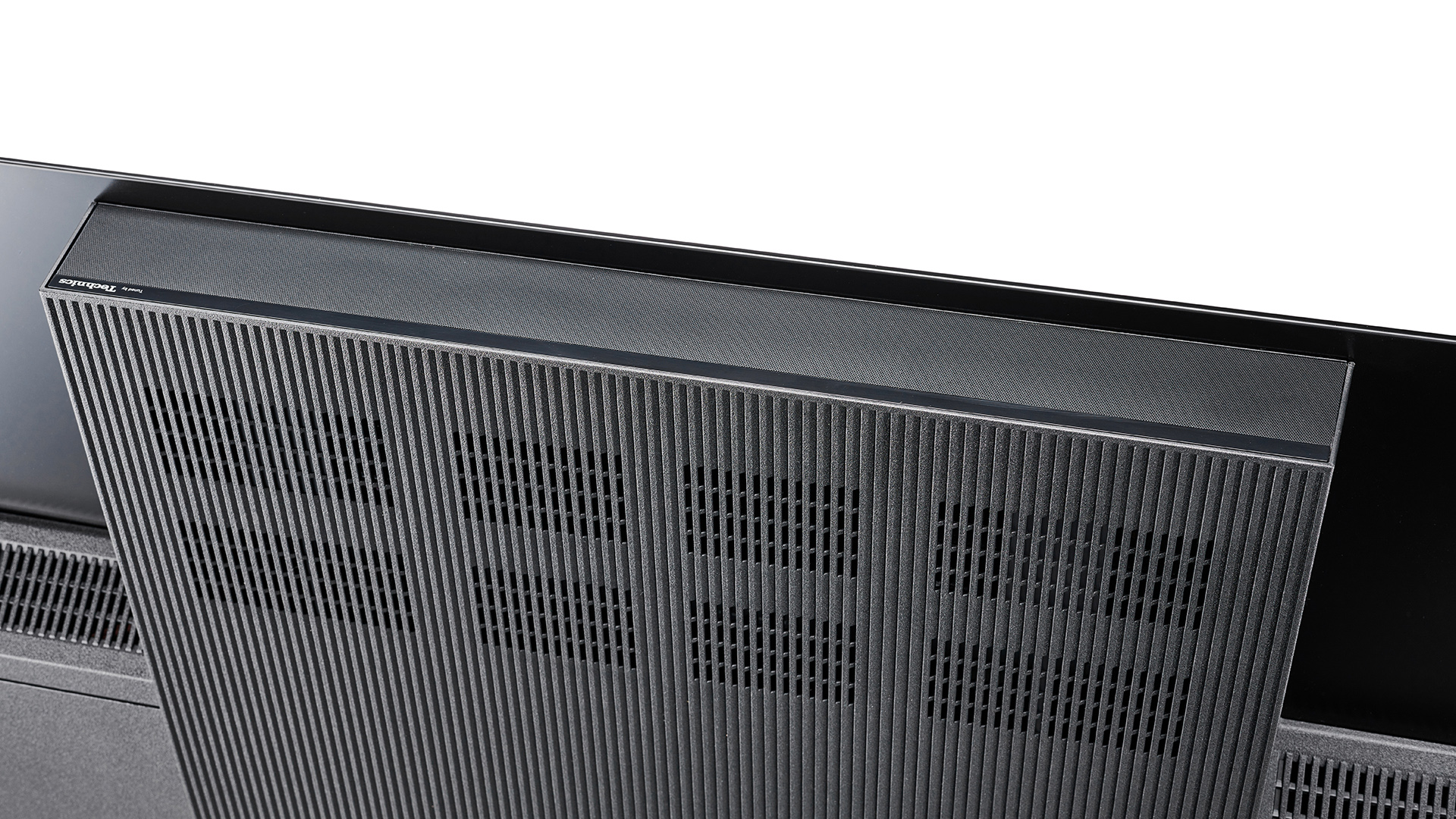
The LZ2000 immediately impresses with the size of the sound it produces. No other TV we’ve tested creates a soundstage as big and spacious as this, with effects stretching far to the left, right and above the set. This means that the fighter planes in Unbroken strafe right across the far end of the room and that you’re pretty effectively transported to the different stations within the B-24 Liberator, while in Blade Runner 2049 Joi’s disembodied voice in K’s apartment is placed way above the screen, entirely spatially separated from K’s own voice, just as it should be.
The LZ2000 goes really loud, too, much more so than the Sony A95K, and this, combined with good dynamics and that aforementioned spaciousness, makes it capable of delivering the kind of cinematic experience that the vast majority of TVs can only dream of.
Generally speaking, there’s a very satisfying overall tonal balance. There’s lots of weighty, throaty bass to the Batmobile’s engine in The Batman, but the bass as a whole is well integrated rather than appearing as a forced lump at the bottom of the frequency range. It doesn’t drown out mid-range dialogue either, which is clear overall and with a natural weight of its own. The treble, meanwhile, is rounded-off just enough so that the background whistle during K’s baseline test in Blade Runner 2049 is appropriately insistent without being unbearable – you do, though, need to run the set in for a while before the tweeters lose their initially slightly bright edge.
It’s not all good news, unfortunately, and the Panasonic’s woofers can be provoked into some slight but distracting distortion by the sort of very deep bass that’s present at the start of Blade Runner 2049’s second chapter and pops up once or twice in The Batman. The LZ2000 is far from the only TV to struggle in this way, and it struggles less than many, but it’s more disappointing here as it’s a TV specifically designed to offer soundbar-rivalling sound quality.
It’s also fair to say that the Sony A95K sounds more direct and clear than the LZ2000, and that the Philips OLED937 (full review incoming) offers even better clarity, detail and dynamics, but neither one of those rivals is as open and atmospheric as this Panasonic.
Verdict

While that niggling bass issue means the TX-65LZ2000B’s sound system isn’t quite as good as it could be, this is still a seriously good TV overall. Its dedication to picture authenticity and consistency combines with that spacious and atmospheric sound to create one of the most cinematic all-in-one solutions that money can buy.
There is, of course, an argument for instead buying the TX-65LZ1500B and spending the difference on a good soundbar, and there’s no denying that doing so would get you even better sound. Having not tested the LZ1500B, though, we can’t say for sure that it will match the LZ2000B’s supreme picture quality. Besides, for a certain type of buyer, neatness is almost as important as performance. For those people, the TX-LZ2000B is a superb option.
SCORES
- Picture 5
- Sound 4
- Features 4
MORE:
Also consider the LG OLED65G2
Read our Panasonic TX-55LZ980B review
Best TVs: brilliant budget to premium 4K Ultra HD TVs
Tom Parsons has been writing about TV, AV and hi-fi products (not to mention plenty of other 'gadgets' and even cars) for over 15 years. He began his career as What Hi-Fi?'s Staff Writer and is now the TV and AV Editor. In between, he worked as Reviews Editor and then Deputy Editor at Stuff, and over the years has had his work featured in publications such as T3, The Telegraph and Louder. He's also appeared on BBC News, BBC World Service, BBC Radio 4 and Sky Swipe. In his spare time Tom is a runner and gamer.
- Ketan BharadiaTechnical Editor

